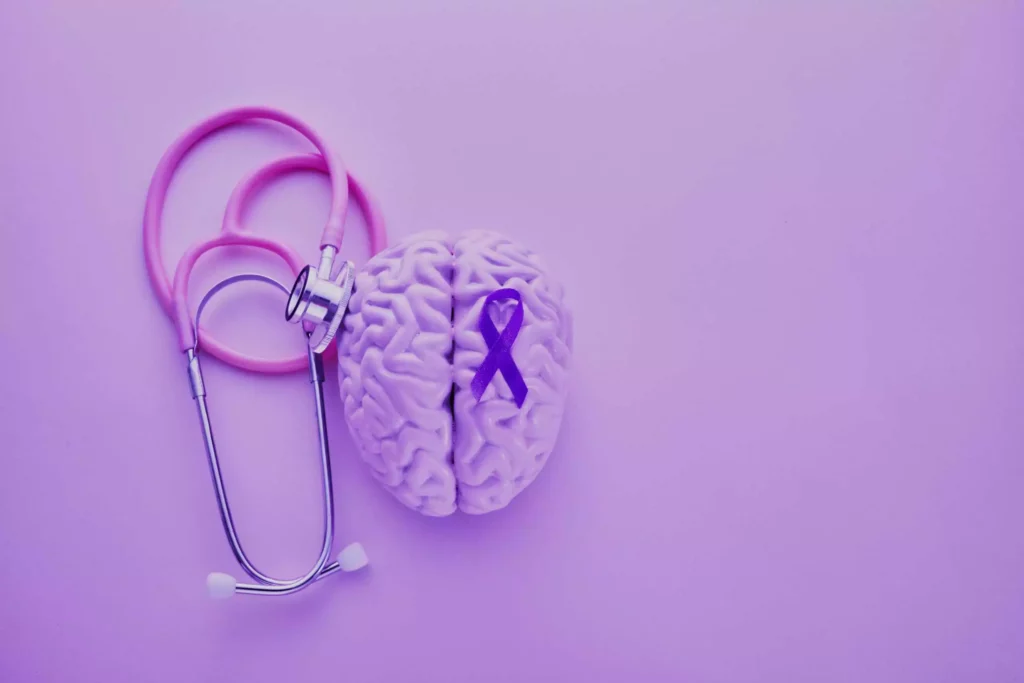Epilepsy Explained: Understanding Its Impact and Management

The brain, a non-muscular organ that weighs about three pounds, is crucial for orchestrating our body’s functions. Composed of roughly 60% fat and a mixture of water, proteins, carbohydrates, and salts, it uses electrical impulses to send messages throughout the body, regulating everything from breathing to our emotions and thoughts.
However, when disruptions occur due to illness or injury (such as a blow to the head), the brain may malfunction, leading to seizures. Epilepsy, characterized by recurring seizures, is a chronic neurological disorder with no cure. Despite this, it can be effectively managed through medications, surgical interventions, or a combination of both.
Types of Seizures
- Generalized Tonic-Clonic Seizures (Grand Mal Seizures): These well-known seizures start with sudden unconsciousness, stiffening, and jerking movements. During an episode, individuals might turn red or blue, lose bladder control, and risk biting their tongue. Post-seizure effects include confusion, drowsiness, headaches, memory loss, and potential agitation.
- Absence Seizures (Petit Mal Seizures): Typically beginning in childhood, these brief seizures cause lapses in awareness, unresponsiveness, and subtle physical signs like eye blinking or staring. Individuals usually resume activities post-seizure with no memory of the episode.
- Focal Seizures (Partial Seizures): Originating in a specific brain area, these seizures affect body parts controlled by that brain section, causing unusual movements, sensations, and varying consciousness levels.
- Febrile Seizures: Common in children up to six years old, these seizures are triggered by fevers or viral infections. Though they are treatable by addressing the illness, they may increase the risk of developing epilepsy.
Diagnosis and Treatment
Epilepsy is diagnosed using an electroencephalogram (EEG), which measures electrical activity in the brain through electrodes placed on the scalp. Treatment options include:
- Brain surgery in affected areas.
- Vagus nerve stimulation via an implanted device.
- A medically supervised ketogenic diet.
- Medical cannabis.
- Anti-seizure medications such as Dilantin and Topamax.
- Deep brain stimulation.
- Acupuncture.
Preventing Seizures
Managing epilepsy involves avoiding triggers like insufficient sleep, improper medication dosages, physical and emotional stress, skipped meals, severe temperature changes, excessive substance use, flashing lights, fever, and infections.
Epilepsy and Dementia
There is a noted correlation between epilepsy and dementia, where a history of seizures is linked to cognitive decline and severe memory issues. Treatments for epilepsy, such as Gabapentin and Lamotrigine, may also help manage dementia symptoms, though some medications might exacerbate cognitive problems and brain atrophy.
Living with Epilepsy
Children with epilepsy may face learning challenges due to concentration difficulties. While epilepsy can increase the risk of early death and make certain jobs unsafe (such as those involving heavy machinery or driving), many individuals lead full lives by carefully managing their condition. In severe cases, individuals may qualify for disability benefits.
Support and Resources
There are numerous support groups and resources for those affected by epilepsy:
- The Epilepsy Foundation: A leading organization offering support through hotlines and community resources.
- Epilepsy Alliance America: Provides free resources, support groups, camp programs, and scholarships.
The CDC also offers guidance for finding local support. The most effective way to support someone with epilepsy is through education, empathy, and active involvement in their care and daily activities.
By understanding epilepsy and its implications, individuals and caregivers can navigate the challenges associated with this condition and advocate for effective management and quality of life improvements.
